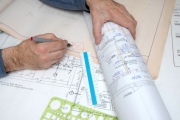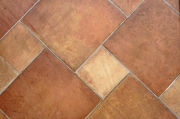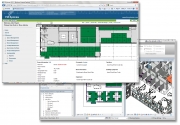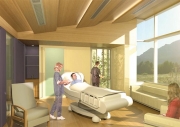Civil Engineering Tip: Go Play in the Rain!
My latest bit of unsolicited advice for civil engineers and other land development professionals is simple: go play in the rain. Alternatively, if you feel you have gotten too old (never!) to play in the rain, at least get out and watch it. The typical human tendency is to stay inside when it rains, and going out to check on the site of your proposed, ongoing, or completed construction project is probably one of the last things that you want to do, but it can be a tremendous learning experience.











